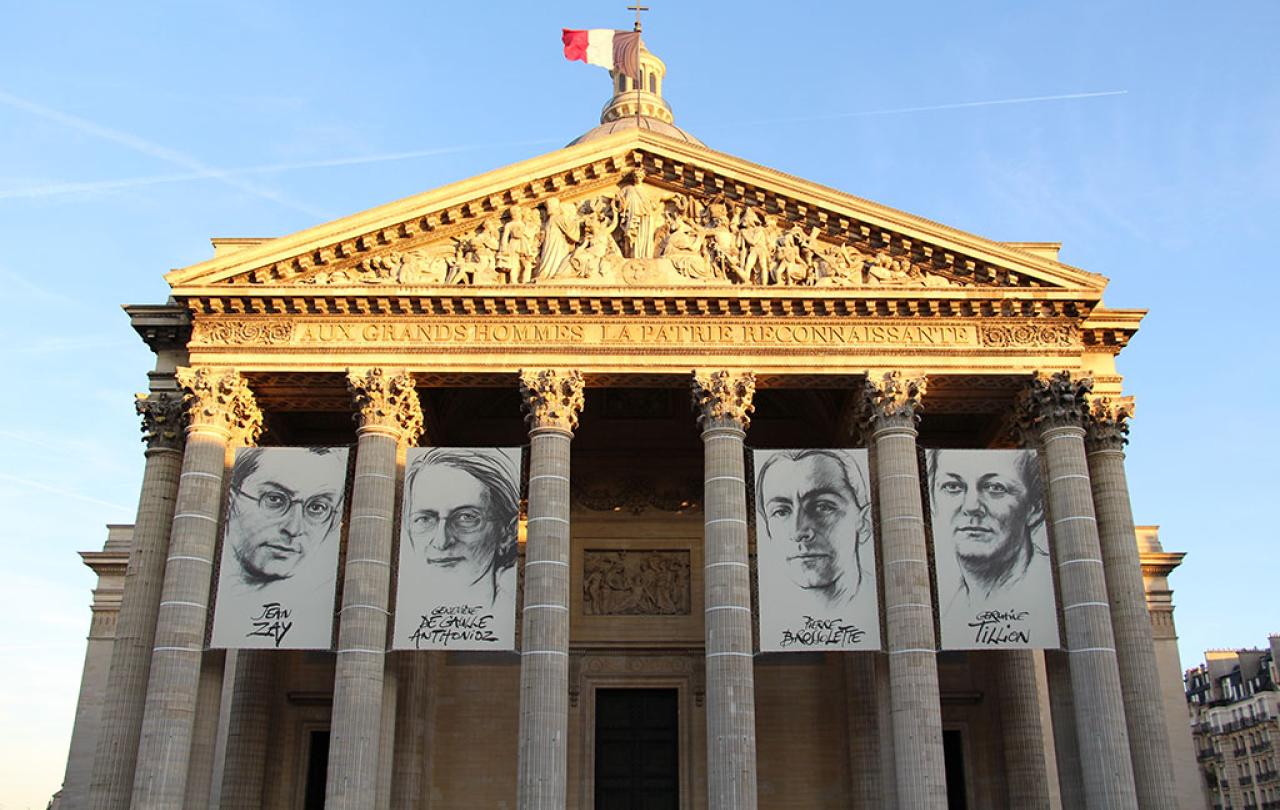Petitions are ten a penny these days. It seems that everyone and their dog wants you to sign their petition. They run the gamut from immensely serious – ‘Call a general election now', to downright daft - ‘Deport Erling Haaland on the grounds that he’s not human’; I nearly signed that one. It can be very easy, then, simply to see every new petition as yet another drop in the increasingly large ocean of people demanding change that’ll likely never come.
I was, however, struck by one petition I saw recently, entitled: ‘Improve working conditions for wedding video/photographers in churches’. Launched by photographer Rachel Whitaker, the petition details the harassment faced by wedding videographers and photographers in the course of their jobs documenting one of the most important days in the lives of happy couples. Who could possibly be harassing wedding photographers? Demanding couples? Disgruntled in-laws? Drunken uncles? Nope: vicars and ministers of the Church.
This particular petition struck me because I’m in the unusual position of having some insight into both side of the dispute. In my day job I’m a theologian and biblical scholar who trains people entering ordained ministry as clergy. But, I have also been a semi-professional photographer who has been the sole photographer for a number of weddings. I can, to some degree, sympathise with both groups.
What photographers don’t need, then, is clergy making their lives harder. Again, unfortunately I can speak from experience here.
Let me start off by saying something about being a wedding photographer. It is unbelievably stressful. Although I’ve had a fairly comfortable life, it has not been without moments of stress. I have moved house, planned a wedding, failed (and later passed) driving tests, prepared for my PhD examination. I even lived through Liverpool’s 2005 Champions League final in Istanbul. But none of these compares to the stress of being the sole photographer for someone’s wedding.
Weddings are full of irreplaceable moments. The bride only enters the church once. There is only one exchange of vows, or first kiss, or first dance, or set of speeches. As a photographer, if you miss them, you miss them. What if your memory card stops working? Or the files corrupt? Or the focus is out just enough for the bride to be blurry? Or that uncle steps in front of you just as the first kiss happens? Tough luck; no happy memories for you.
What photographers don’t need, then, is clergy making their lives harder. Again, unfortunately I can speak from experience here. At one wedding I photographed, the vicar told me I could only take photos from behind the last pew. (“But I left my telescope at home!”) Another said I couldn’t use a camera with a shutter noise. (“I guess I’ll just take the pictures with my mind, then?”) Yet another told me I couldn’t use a flash because it would damage the old brickwork of the church walls. (I’m still trying to work that one out).
And yet, as a theologian, I kind of get it. Because marriage is a sacrament. Marriage is not simply a commitment between two people to love each other for the rest of their lives. Or, at least, this isn’t all it is. Instead, marriage is also an outward sign that points to an inward reality in our lives. Marriage is also a performative re-enactment of the way in which Jesus loves the world.
I mean that marriage is not done for marriage’s sake; it points to something outside of itself and, in doing so, marriage finds its meaning.
In the Gospels, Jesus is asked why his disciples don’t fast (like some others do). He responds: “The wedding guests cannot fast when the bridegroom is with them, can they?” At the end of the Bible, in the book of Revelation, were learn who it is that Jesus is marrying: “the bride … the holy Jerusalem,” a city filled with Jesus’ followers. This is whom Jesus is set to marry.
Human marriage points to, and is grounded in, this marriage between Christ and those whom Jesus loves. It is not a literal marriage (lest we wade into some very sticky theological territory). We are not to understand this marriage in the same terms as a human marriage. Rather, we are to understand human marriage with reference to this marriage between Jesus and the ones He loves.
All this is to say that marriage is intrinsically meaningless. (NB. To my wife: please keep reading). This isn’t to say marriage is meaningless. Instead, I mean that marriage is not done for marriage’s sake; it points to something outside of itself and, in doing so, marriage finds its meaning. It has, in other words, extrinsic rather than intrinsic meaning. Marriage is grounded in something outside of marriage: Jesus’ love for the church.
And so, when clergy get a little frustrated when they perceive photographers and videographers to be introducing upon marriage services, I get it. None of this is to say that aggression from clergy towards people doing their job is ever warranted. It’s not; there’s never an excuse for that. But, for clergy, the frustration underpinning this emerges (I hope) from a perceived lack of respect towards what is really happening in the marriage service.
In the moment of wedding two people to each other, the marriage service points towards Jesus’ love for His Church; and that simply can’t be captured by the photographer. Something more important than any picture is happening here. The people exchanging vows are being made into a living embodiment of Jesus’ love for the church.
Of course, it is not only in marriage that Jesus’ love is displayed. Jesus himself wasn’t married. It’s likely the apostle Paul wasn’t either. They both did a decent job at embodying the love of God (even if Paul did so in a slightly shouty way from time to time). None of this is to say that marriage is the only way where Jesus’ love is displayed in human lives.
Let’s return, for example, to the dispute between clergy and wedding photographers. Sure, some photographers might intrude upon wedding services in ways that downplay the magnitude of what’s happening. However, to respond with aggression and abuse is a bigger afront to the love of God from members of clergy who really ought to know better. Instead, clergy might consider such moments an opportunity to display and embody the very love that the marriage service itself seeks to point towards.
The love of Jesus is only detracted from, and not embodied, when clergy begin to overreact to those employed by the (human) bride and groom to capture the events of the day. There may well be ways in which clergy, photographers, and videographers can work together to better preserve and capture the sacred nature of what is being pointed towards in the marriage service. This cooperation will always be a better embodiment of Jesus’ love for the church than any needless antagonism.
Clergy would also do well to remember that photographers can use photoshop. Upset them at your peril.



